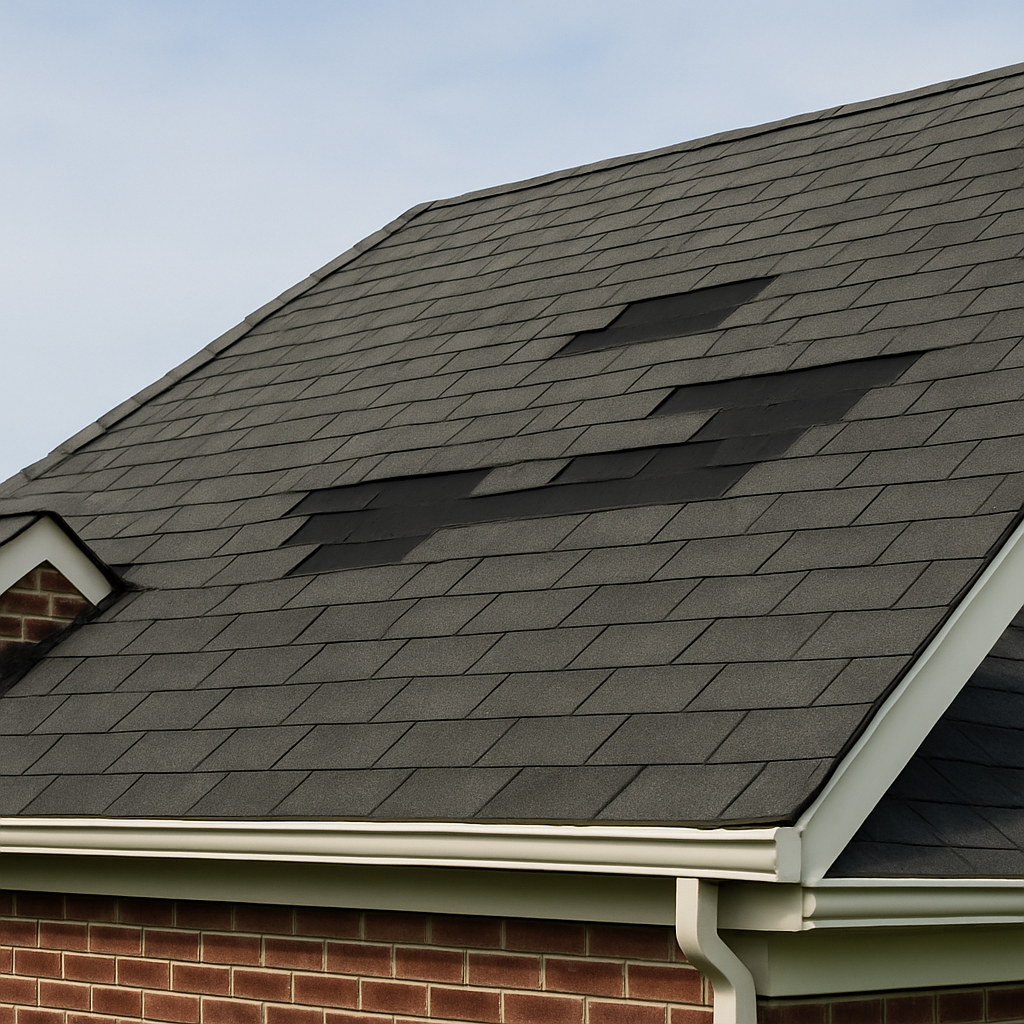When it comes to property insurance, understanding how your policy will reimburse you after a loss is crucial. Two common valuation methods used by insurance companies are Actual Cash Value (ACV) and Replacement Cost Value (RCV). The difference between these two can significantly impact how much you receive after filing a claim.
What is Actual Cash Value (ACV)?
Actual Cash Value represents the depreciated value of your insured property at the time of loss. In simpler terms, ACV is calculated as:
ACV = Replacement Cost – Depreciation
Depreciation accounts for wear and tear, age, and the current market value of the item. Since ACV policies factor in depreciation, they often result in lower payouts.
For example, if a homeowner’s roof costs $10,000 to replace new, but it is 10 years old and has a lifespan of 20 years, the insurance company may depreciate the roof by 50%, meaning they would pay only $5,000 under an ACV policy.
Pros of ACV Coverage:
- Generally results in lower insurance premiums
- Suitable for those who want a more affordable policy
Cons of ACV Coverage:
- Lower payouts in the event of a claim
- Out-of-pocket expenses can be significant when replacing lost or damaged items
What is Replacement Cost Value (RCV)?
Replacement Cost Value, on the other hand, provides reimbursement based on the cost to replace the damaged or lost item with a brand-new equivalent. Unlike ACV, RCV does not factor in depreciation. Instead, it ensures that you receive enough money to purchase new items of similar kind and quality.
Using the same roof example, if the cost to replace the roof is $10,000, an RCV policy would pay the full $10,000 (minus any deductible) regardless of the roof’s age.
Pros of RCV Coverage:
- Ensures you can replace lost or damaged property with new items
- Minimizes out-of-pocket costs after a covered loss
Cons of RCV Coverage:
- Generally results in higher insurance premiums
- Requires proper documentation and sometimes two-stage reimbursement (initial ACV payment followed by RCV payout upon proof of replacement)
Which Coverage is Right for You?
Choosing between ACV and RCV depends on several factors, including your budget, the value of your possessions, and how much financial risk you are willing to take. If you’re looking for a lower-cost policy and are comfortable covering the depreciation difference, ACV may be a good fit. However, if you want the peace of mind of full reimbursement for replacing damaged or lost items, RCV is the better option.
Final Thoughts
Understanding the distinction between ACV and RCV can help you make a more informed decision when selecting a property insurance policy. While ACV policies may cost less in premiums, they offer lower payouts, making it essential to evaluate your financial situation and risk tolerance. On the other hand, RCV policies provide full replacement coverage but come with higher premiums. Working with an experienced insurance professional can help you determine which option best fits your needs and ensures you’re adequately protected.
If you’re considering a property insurance policy and need guidance, consult with a trusted insurance agent to ensure you choose the coverage that aligns with your financial and risk management goals.
